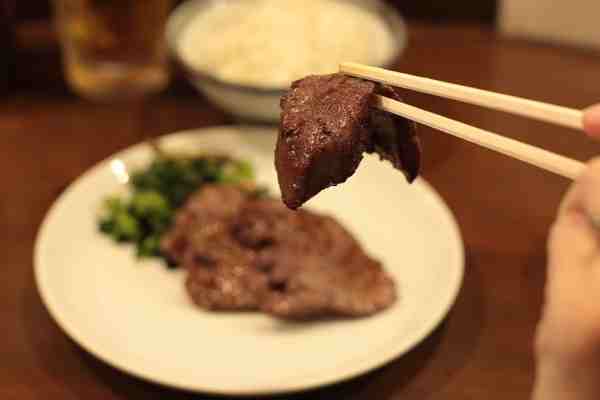Published on the 27/03/2018 | Written by Jonathan Cotton

Australian cattle farmers may have a new inroad into the Chinese market as a new platform launches promising high tech tracking of Aussie beef from farm to chopstick…
The company behind the project, Borderless Cattle Australia, says its platform will give Australian cattle producers direct access to Chinese restaurants and consumers as they build a marketplace to drive a new “beef sharing economy” within China.
Essentially, the platform lets Chinese consumers own livestock in Australia, monitoring the health and growth of the animal, and tracing its movement until it is delivered in China using a suite of technologies including drones, IoT, and blockchain tech. The company says they expect to attract 500 consumer members within the first year.
“We are creating an engaging platform for restaurants and consumers to grow and develop a beef sharing marketplace,” says Wei Siang Yu, founder of Borderless Cattle Australia’s parent company, Borderless Healthcare Group.
“We are creating an engaging platform for restaurants and consumers to grow and develop a beef sharing marketplace.”
“Members can invite friends over to their homes to take part in workshops and even resell part of their beef, driving social networks and a small business economy, and creating an unprecedented opportunity for Australian cattle producers.”
The service is not available to individuals yet, but Borderless Cattle is accepting orders from restaurants, which will be required to order a minimum of five cattle. The program will be extended to individual consumers at a later date.
As supply chains digitise there are new opportunities for producers who can authenticate provenance, stewardship and quality from the farm right through to the consumer’s table, says Ben van Delden, partner and head of Agtech at KPMG “Disruptive models, such as what Borderless Cattle are creating, present new funding solutions for premium quality livestock destined for discerning Chinese consumers.
“Bringing the consumer transaction forward to the first phase of the supply chain, and using agtech to validate trust, elevates the relationship end consumers have with their protein source. It also addresses a major liquidity challenge for Australian beef producers as the consumer funds the grower from the beginning of the beef production cycle.”
The program will begin in July this year with deliveries available to more than 300 cities across China.
“Certain lifestyle stages such as pre-pregnancy, pregnancy, parenthood, and chronic disease are driving a new protein boom in China, along with a desire for healthier and better-quality food beyond the typical supermarket experience,” says Wei Siang Yu.
“Australia’s stringent standards for cattle production align with this growing need,” he said.



























